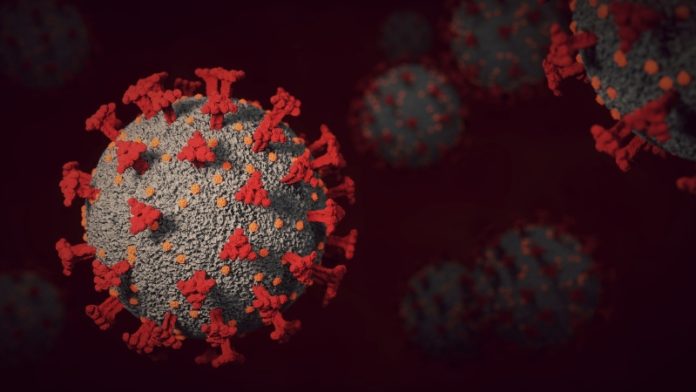As we head into the third year of the COVID-19 pandemic there is one thing that has been constant, and that is that the virus has been changing and mutating as it travels around the world and finds new hosts to infect. The ever-changing virus has put us all on a rollercoaster ride as far as what to do to manage the disease. As the “powers that be” alter the rules as often as the virus mutates, it is no wonder that many are tired and confused. And the new Omicron mutation has changed things once again.
Symptoms of the Omicron mutation are different than the original Alpha strain that hit the United States in early 2020, and they are different from the Delta variant that caused the case spike during the summer. They are much more like the common cold or allergies, and that is what makes it harder to monitor.
Omicron variant symptoms include fever, a bad headache, tiredness, scratchy throat, body aches and general malaise often seen with the common cold. Symptoms do tend to be milder than those suffered with Alpha and Delta. It does not usually cause a loss of taste and smell. It does not seem to be attacking the lungs. So far, the variant seems less deadly, however, there has been loss of life due to the variant as Omicron is still COVID-19. Like the other forms of the virus, those who are not vaccinated are more likely to get more virulent symptoms.
WSVN in Miami recently interviewed Dr. Robert Goldszer, the Chief Medical Officer at Mount Sinai Medical Center. Dr. Goldszer said there are some key symptoms to be on the lookout for which can tell you if your infection might be COVID-19. A common symptom is a significant fever. “…People are having more fever a day or two, and obviously, if you get significant lung symptoms, if you get bad coughing for a long period of time, any kind of shortness of breath, those things are uncommon with the common cold.” But with Omicron, the main difference hospitals are seeing between a cold or flu and Omicron is the headache and high fever. And according to Fortune magazine, another strange symptom experienced with Omicron is night sweats.
Another thing that makes Omicron different is that it is breaking through the vaccine. Where those vaccinated were less likely to get Alpha and even Delta variants, Omicron is breaking through more frequently, especially in those who have not had a booster shot.
According to webmd.com, even though roughly 40% of those with a COVID-19 infection are asymptomatic, it can still affect the body. Damage can be done to the heart, blood vessels, liver, lungs, kidneys and even the brain. It can cause everything from mild eye irritations like pink eye to heart palpitations, brain swelling, stroke and blood clots. That is why it is so important to do everything possible to avoid infection.
Masking up when indoors and handwashing frequently are still very important, especially for children under five years of age who have not been vaccinated. Omicron has caused a huge spike in cases among the very young. Thehill.com reports that the variant is sending children to the hospital in record numbers.
Children are experiencing the virus slightly differently than adults. According to the Centers for Disease Control and Prevention, besides the fatigue, headache, muscle and joint pain, and cough, children are experiencing insomnia and having trouble concentrating.
Doctors everywhere are asking that anyone with cold symptoms like a runny nose, sore throat, and cough need to be tested for COVID-19. This is especially true for those who have been around anyone who has had the virus recently. Or if you have been in a restaurant, gone to an event, or if you have kids in school and are beginning to feel sick. Omicron is more infectious than any other strain so far.
Subscribe to our FREE Newsletter















